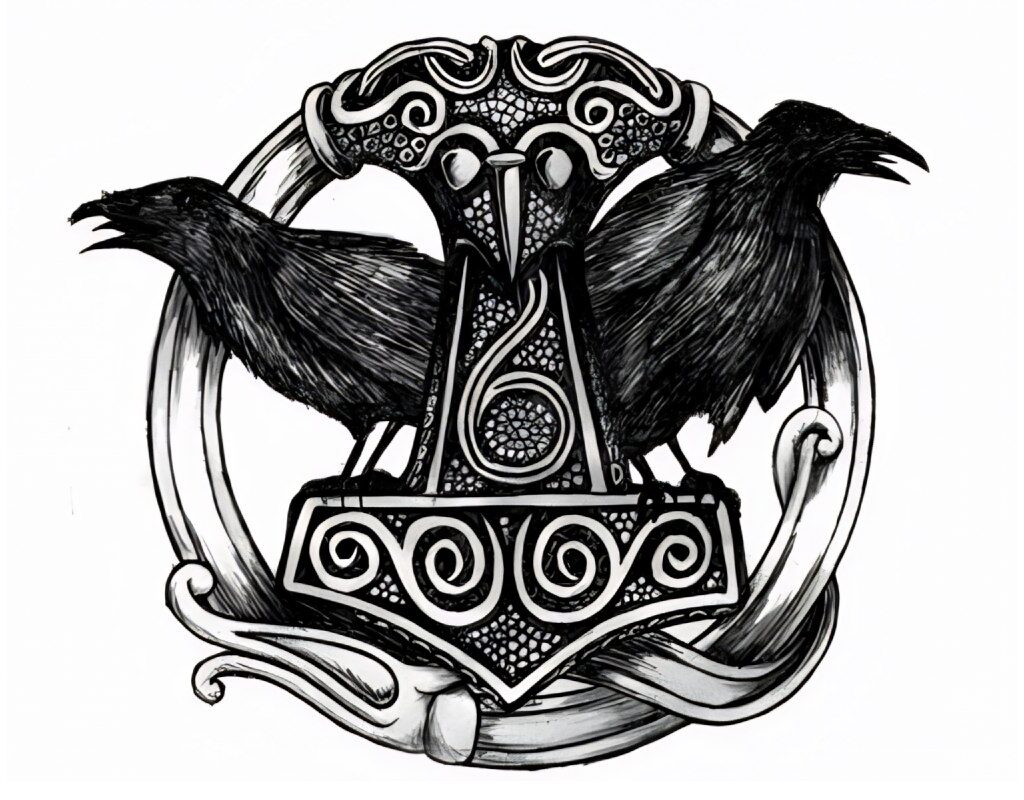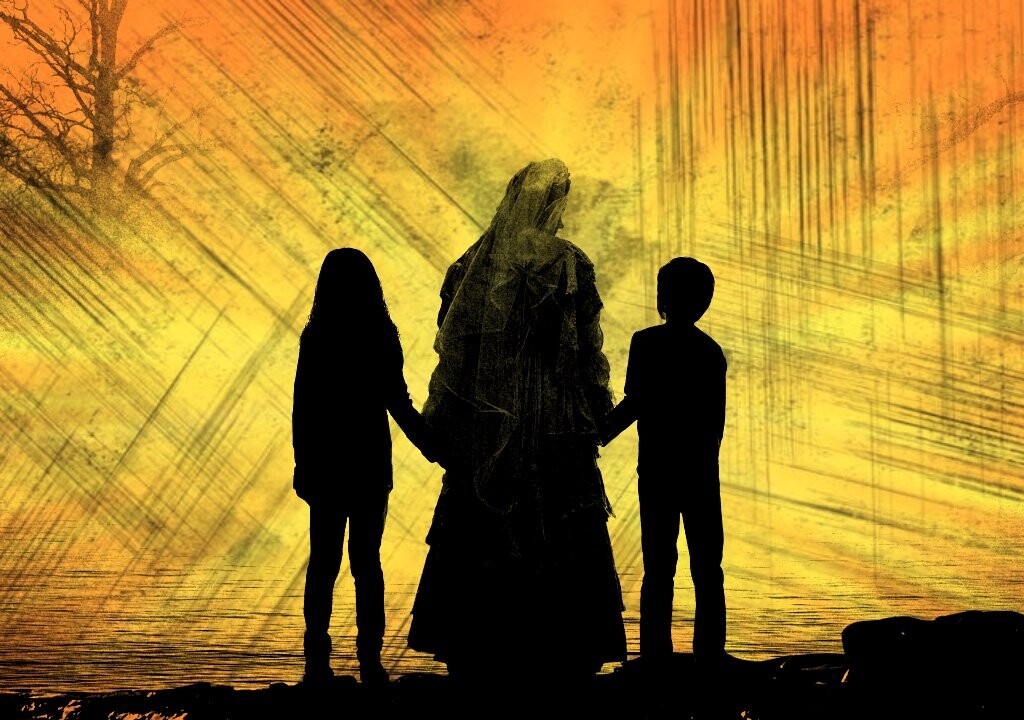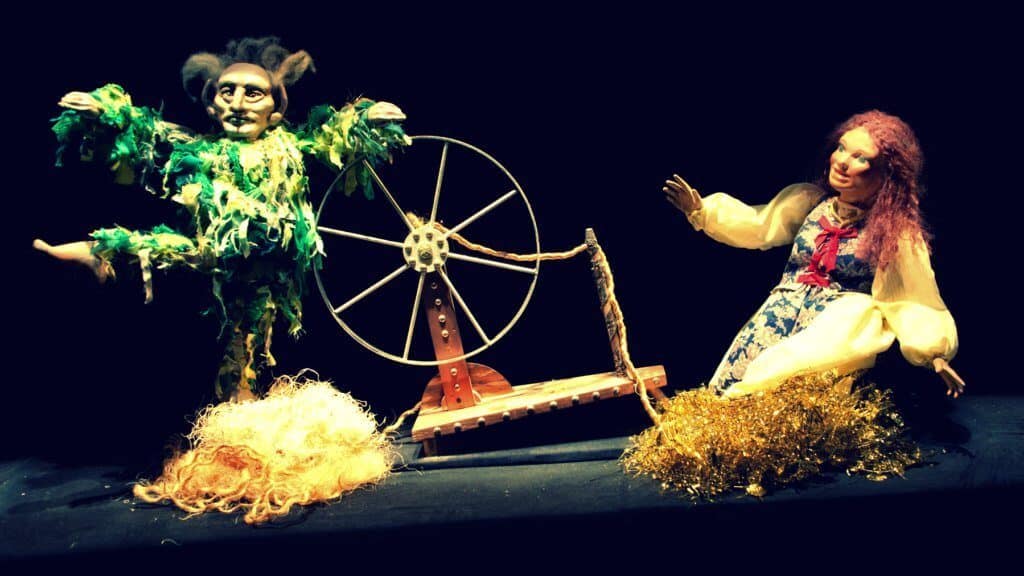Crows, with their dark plumage and striking caws, have captivated and unsettled humanity throughout history. Their presence in myths and legends across various cultures reveals a deep and complex symbolism.
Religious Stories Featuring Crows
Next, we will explore some intriguing religious stories where crows play a crucial role, showcasing their versatility as symbols of wisdom, mystery, and transformation.
Count Raum
Count Raum, mentioned in “The Lesser Key of Solomon,” is a demonic figure in Christian demonology.
This entity, appearing in the form of a crow, possesses terrifying powers such as stealing treasures and devastating cities. However, his most intriguing ability is to foresee the future and provoke alliances between enemies, creating conflicts and wars.
Count Raum’s representation as a crow underscores the connection between these birds and dark powers, reflecting cunning and strategy in the supernatural realm.
The Crow That Illuminated the World
The story of the crow in Haida mythology is a fascinating blend of creation and deception.
This crow, dissatisfied with the world’s darkness, devises a plan to release the light. Its transformation into a needle and rebirth as a crow-human hybrid are acts of cunning that culminate in the theft of the world’s light.
By releasing it, the crow not only illuminates the world but also creates celestial bodies. This narrative highlights the crow’s dual nature, capable of great feats of creation and deception, and its role as a bearer of light in darkness.
The Crows of Saint Vincent Martyr
Saint Vincent, a martyr of the Christian faith, is revered for his devotion and tragic fate.
After his martyrdom, a crow becomes his unexpected protector, defending his body from wild beasts. This act of loyalty by the crow is a powerful symbol of vigilance and divine protection.
Later, when Saint Vincent’s body is cast into the sea, the crows continue their vigil, following his remains until they are recovered and honorably buried.
The constant presence of crows around the Lisbon Cathedral, where his bones lay, served for centuries as a reminder of his sacrifice and the crow’s loyalty.
Kutkh, the Divine Great Raven
Kutkh, the raven deity of the Koryaks, is a being of immense power and wisdom.
His creation of the world and his role in shaping geography and humanity are central to his mythology. The story of how his unrequited love transforms into the volcanoes of Kamchatka exemplifies how emotions can influence the physical world.
Kutkh, as a raven, symbolizes transformation and the connection between the spiritual and physical worlds, illustrating how crows can be seen as mediators between different realities.
Apollo’s Raven
The story of Apollo’s raven in Greek mythology highlights the complex relationship between gods and these birds.
Initially a loyal messenger of Apollo, the raven becomes a symbol of betrayal and punishment. The transformation of its feathers from white to black serves as a visual reminder of Apollo’s wrath and the raven’s role as a bearer of painful truths.
This myth reflects the contradictory nature of the raven, revered for its intelligence but also feared for its association with unpleasant news.
Ravens in the Mosaic of Mythology
Guardians, creators, and messengers in sacred narratives
These stories, spanning from Christian demonology to Greek mythology and indigenous traditions, showcase the rich and varied symbolism of ravens.
Each tale highlights different aspects of these birds: their intelligence, their capacity for transformation and creation, their loyalty and protection, and their role as messengers of truths, sometimes uncomfortable.
Through these narratives, ravens emerge as complex and multifaceted figures, reflecting the depth and diversity of the religious beliefs in which they appear.




